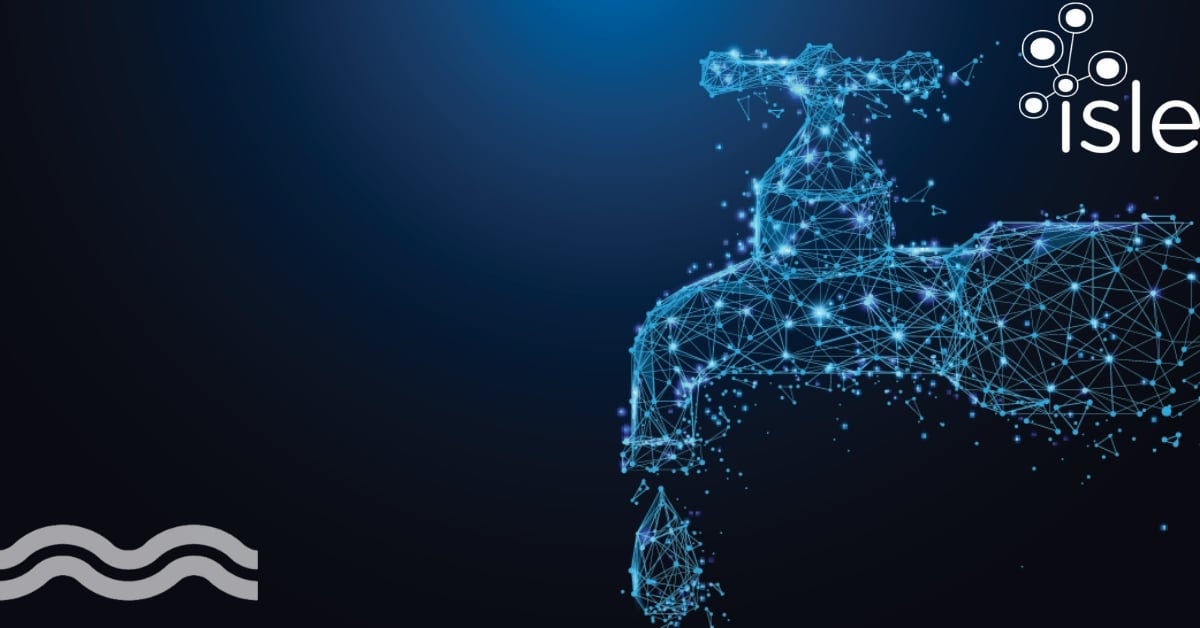Water in, data out: Microsoft underestimates Dutch centre's thirst
A local Dutch newspaper has uncovered data revealing that US technology giant Microsoft's data centre in Northern Holland consumed 84 million litres of drinking water in 2021 despite the company's initial low consumption estimate.
Water in, data out

[Image credit: Microsoft]
Local Dutch newspaper Noordhollands Dagblad has reported that a data centre in North Holland operated by US technology giant Microsoft consumed 84 million litres of drinking water during 2021.
Previously, Microsoft and the local municipality of Hollands-Kroon had said that the Middenmeer facility would only need between 12 and 20 million litres of drinking water per year to operate.
It comes after the Netherlands officially declared a drought due to an unusually dry summer.
Typically, data centres can be cooled by air, however, in hot temperatures, water cooling is used as an alternative. Multinational technology company Google, which also operates a data centre in the region, uses the same water cooling system as Microsoft.
Microsoft says it only uses water for cooling when outside temperatures are over 25°C, a limit which was only exceeded on six days during 2021.
“The government site also revealed that all the data centres in North Holland used 550 million litres of drinking water.”
According to data from Hollands-Kroon, it says that Microsoft used 75 million litres of cooling water in 2021 and nine million litres of water for other purposes.
The government site also revealed that all the data centres in North Holland, including the Wieringermeer facilities of Microsoft and Google and all the data centres in Amsterdam and Haarlemmermeer, used 550 million litres of drinking water.
Microsoft has since responded, stating “Water consumption figure refers to the construction phase of the Middenmeer data centre, rather than its operations phase. The original 12-20m litre estimate refers to the data centre's fully operational phase, but construction is water-intensive.”
It was also keen to point out that the figures did not take into account any water that was discharged back into the groundwater. Microsoft said it discharged 36 million litres back into the region's water supply.
The IT water challenge
Close to 30 billion devices are expected to be online by 2030, up from 18.4 billion in 2018, according to a recent report from Nature.
Across the US, data centre water consumption is already estimated at 1.7 billion litres per day although not all data centres measure and report their water consumption figures.
Nonetheless, Nature indicates that even a medium-sized data centre uses more water than two average 18-hole golf courses.
“Close to 30 billion devices are expected to be online by 2030.”
Google has said it is now turning its attention to its offices located in areas of high-water stress for its next water reduction projects. “Sustainable water management practices” are also being implemented across its data centres.
In its Hamina data centre in Finland, Google uses seawater in its cooling system as a way of reducing potable water use.
Similarly in Douglas County in Georgia, recycled wastewater is used for this purpose and in Belgium, industrial canal water is being used as an effective alternative.
Achieving water stewardship standards
Apple has long pushed its role in reducing its environmental impact.
Since 2018, 100 per cent of the electricity the company has used in its facilities has come from renewable sources and it has installed some 600 MW of renewable energy generation capacity.
The company recently took a step towards its goals at its Prineville, Oregon Data Centre. The site is the world’s first data centre to achieve certification by the Alliance for Water Stewardship (AWS) North America to meet its standard.
Located in the high desert of Central Oregon, Apple’s Prineville data centre achieved the milestone by protecting shared water resources across five areas of water governance, including water balance, water quality, important Water-Related Areas, and safe water, sanitation and hygiene.
Meanwhile, Amazon Web Services (also AWS) is another example of a leading IT-based company that it says it is executing multiple initiatives to improve water efficiency and reduce the use of potable water for cooling its data centres.
This includes increasing its use of treated or recycled wastewater for cooling purposes. In Northern Virginia, for example, the company was the first data centre operator to be approved to use treated wastewater for direct evaporative cooling in a partnership with Loudoun Water.
Related content
- Microsoft doubles down on digitising water
- Reclaimed water helps Google meet pledge
- Apple and Amazons: big data players tackle water use
Loading component...
We promise never to send you spam and you can unsubscribe at any time!



